Something’s are destined to fail no matter how much effort has been put into them.
Social media has been nothing short of a phenomenon, with the success of platforms such as Facebook, LinkedIn, Instagram and Twitter which continue to inspire people around the globe along many businesses and corporations to keep up socially interactive.
There is glory but not for everyone or everything. Some experience major success stories, on both an individual and brand basis, while others eventually fade away never to be remembered again and the same goes for most of the social networks, too. Fall of many recognized social networks will keep giants like Facebook and Twitter on their toes because you never know what people may like/dislike in this demanding world.
The Hub

It took just a few months in 2006 for America’s largest retailer Wal-Mart to both launch and shut down its social network website which was targeting teens for its growth. Marketed as a “School Your Way” promotion, Wal-Mart tried to cash the opportunity to connect with the youth who preferred the store’s products. As everyone is serious about their privacy, especially teens, Wal-Mart made a blunder by sending user information to parents for approval and making fake profiles which was a major flop to attract more people to shop at the mega store. Also the Hub was indeed “The Hub of Advertisements also”
iYomu
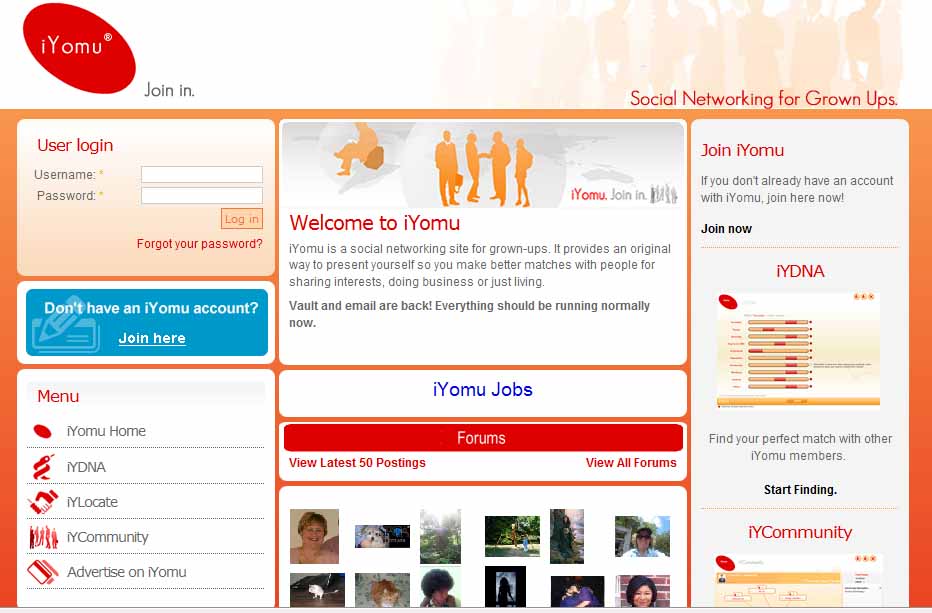
August 2007 in New Zealand a social network specifically for the older demographics was launched. People under the age of 18 were restricted from joining the social network, but seriously 18 doesn’t sound like much of an ‘old person’ to me. It acted too similarly to the other networks out there, especially Myspace because it was designed in Flash. The social network lasted less than a year before it went offline forever.
ITunes Ping

Launched in September 2010 by the Tech Titan Mr. Steve Jobs himself. The idea for this social network was very simple, all the music junkies could socialize with each other online. In the event of attraction, more descriptive tips jogos caca niquel gratis. Sadly the demise was inevitable because Facebook and Twitter had gained so much popularity that even music artists switched from iTunes Ping. So finally after 2 years of struggle, iTunes Ping sank into oblivion without any possibility for a life line.
Google Buzz

Google is tech giant with so many achievements under its belt but, sometimes with fame comes shame! Google+ is not the first attempt at tying all its services together through a social media portal. Google Buzz was launched in February 2010. Sadly Google has been known to release new products before they are completely ready for public and then continue to develop that product which causes huge problems for the users. Soon after the launch there was a privacy backlash when Buzz made certain Gmail information public without the knowledge of its users and any prior warning. The final in the coffin was put by Facebook and Twitter. Thus on December 15, 2011 Google buzz was discontinued.
Orkut
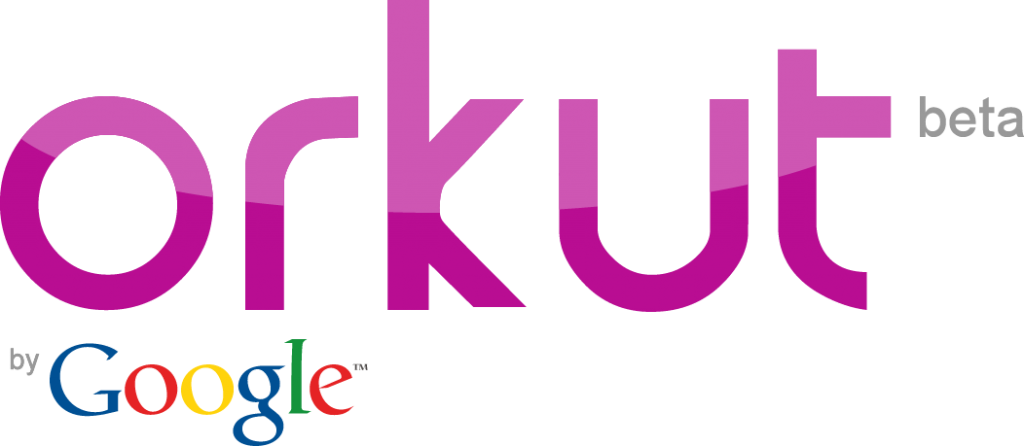
Orkut launched in 2004 by the tech giant Google. Social networking was on the verge of evolution and Orkut made its entry into social media. Orkut was an instant hit after its launch and managed to make a strong following from users all over the world. Before the wall in Facebook, the concept of Scrapbook was introduced by Orkut. Like many other social networks, the demise of Orkut because of Facebook, unlike Facebook Orkut was slow as a tortoise! The social network did not bother to up its game to compete with the rivals and the launch of Google+ made sure that the Tech Giant is preparing to let go Orkut. Thus in 2014 after ten long years, Google pulled the plug and all that remained was memories.
Friendster
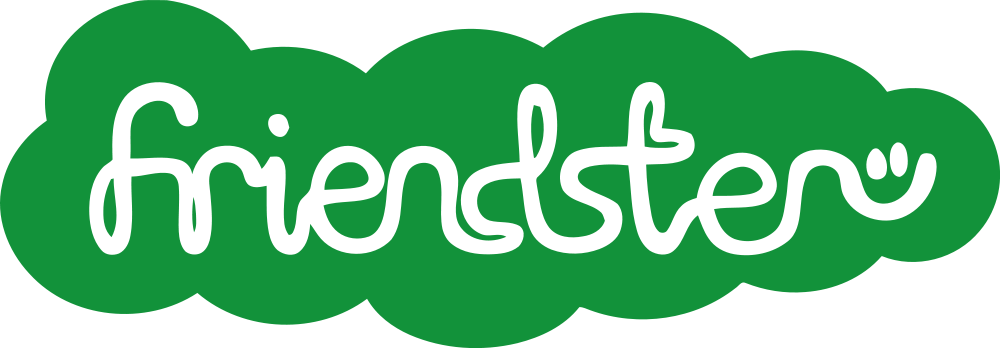
Launched in 2002, this particular social network gained popularity rapidly, so much so it was the first social networking website which gained 115 Million users in 2008. Sadly as the users connected with Friendster, the social network did not put up with the load which frustrated the users thus paving way for Facebook and Twitter. After crashing down in 2009, Friendster was re-launched in 2011 but as a gaming site which gained in popularity in Asia.
EONS

Launched in 2006 and straightaway targeting internet users 50 was a given fail from the word get go! So it was supposed to be a social network but why the age restrictions? Really bad on part of EONS. The social network focused only on elderlies and could not get a grip, failing to attract users for building an online social community. Eventually in June 2012, the site was shut down and the reason given by its founder was, “their team is working to resolve the business issues with [their] service provider.” He goes on to say that their providers were demanding financial commitments that cannot be made at this time.
Diaspora

Just as Ello is trying (or I dare say, Tried and Failed Miserably) to derail Facebook at present, Diaspora was dubbed as a Facebook rival or killer, it was created in Nov 2011 as the answer to Facebook’s much publicized privacy issues. Built on an open source social networking software, it was designed to be simple to use. But lack of functionality and features ultimately made it a quiet dull experience. Although the Diaspora is still active at the moment but rarely sees any kind of activity or traffic in its domain.
There are tons of new social networks being introduced every year, with some having the capacity to take on the giants while others dramatically fail to gain any audience. As the technology and social trends continue to evolve, there will always be a gap in the market for something new. Following some key elements the networks should constantly innovate, adapt and evolve, offering something different that will make a fan base and users can engage on topics that they feel passionate about.
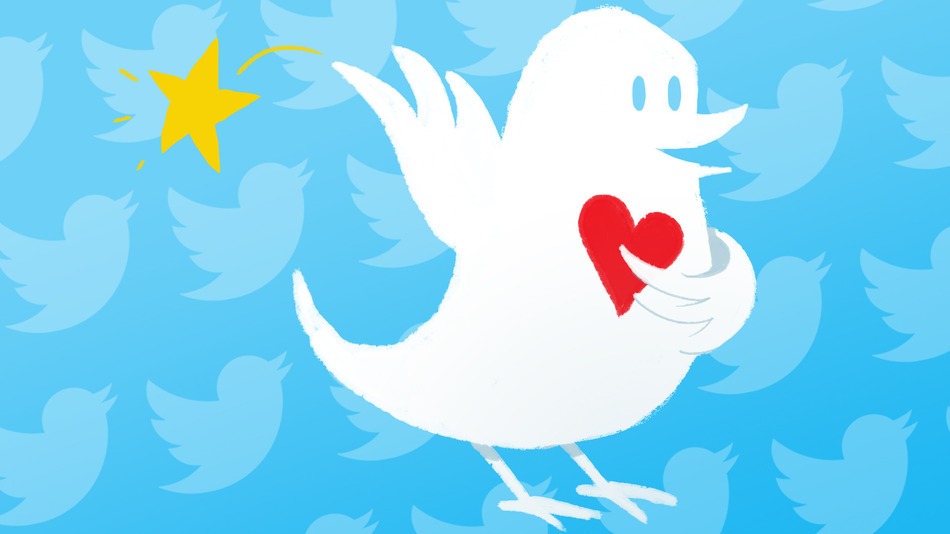
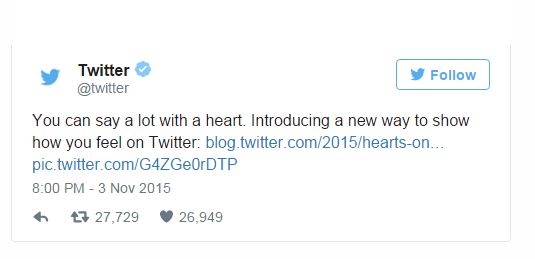
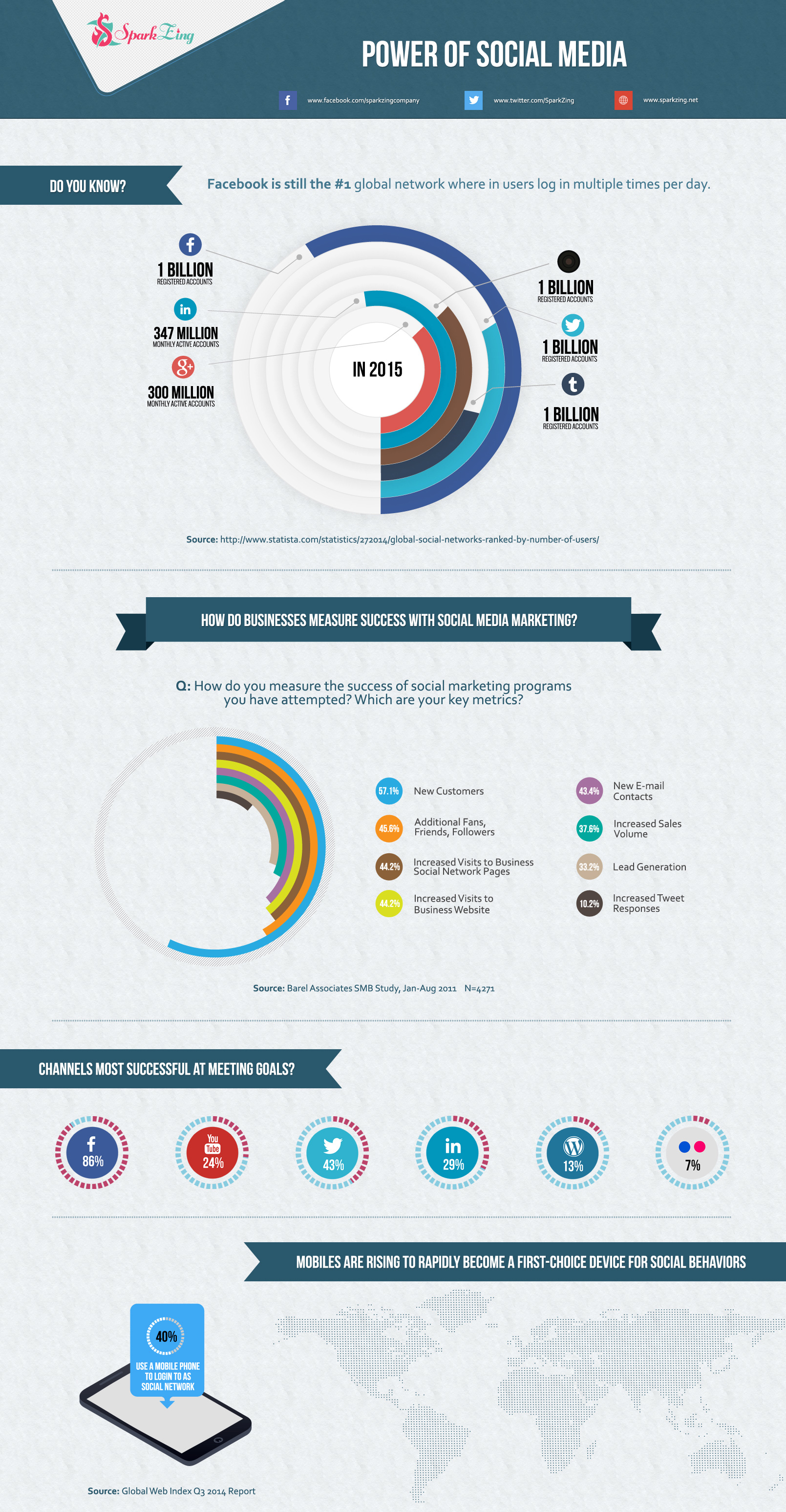
 Social Media which was once used just for the purpose, to connect with families and friends now has become the most popular way of advertising. All big brands have directed themselves towards Social Media Marketing, which is comparatively rapid way of advertising. When it first emerged, brands just used it to gain exposure but later this exposure diverted into gaining audience and promoting business over the night. Socializing with the customers benefitted the brand by making the customers loyal, known as the brand loyalty. Brands which give proper attention towards SMM are most likely to have more loyal customers but it requires great devotion and time which is very difficult for entrepreneurs & brands to do in today’s busy schedule.
Social Media which was once used just for the purpose, to connect with families and friends now has become the most popular way of advertising. All big brands have directed themselves towards Social Media Marketing, which is comparatively rapid way of advertising. When it first emerged, brands just used it to gain exposure but later this exposure diverted into gaining audience and promoting business over the night. Socializing with the customers benefitted the brand by making the customers loyal, known as the brand loyalty. Brands which give proper attention towards SMM are most likely to have more loyal customers but it requires great devotion and time which is very difficult for entrepreneurs & brands to do in today’s busy schedule.






